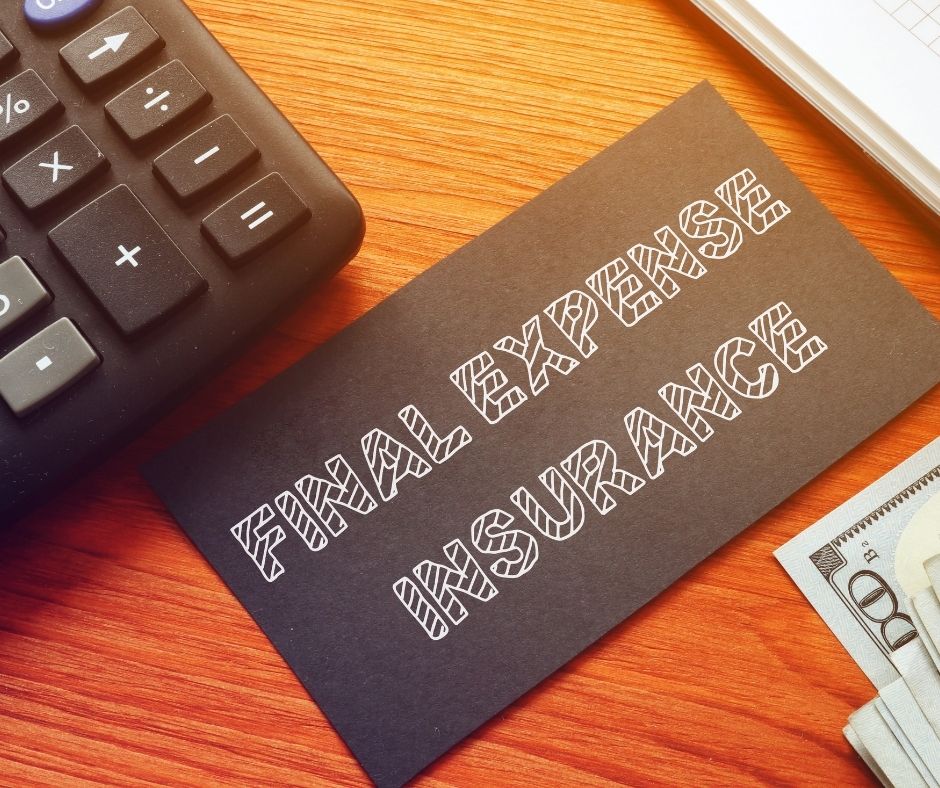final expense estimator
There are many types of final expense life insurance. Because the policy pays for a specific debt, such as funeral or cremation arrangements, it is not common for a final expenses policy to exceed $20,000 (learn how cremation works). ).
Family members often assume their loved ones' estate will pay the funeral costs or that the funeral will not cost too much. The average funeral cost can run to $9,000, which is something most families don’t know. Families can reduce the funeral costs by purchasing final expense insurance. This will help to prevent emotional overspending.



.jpg)